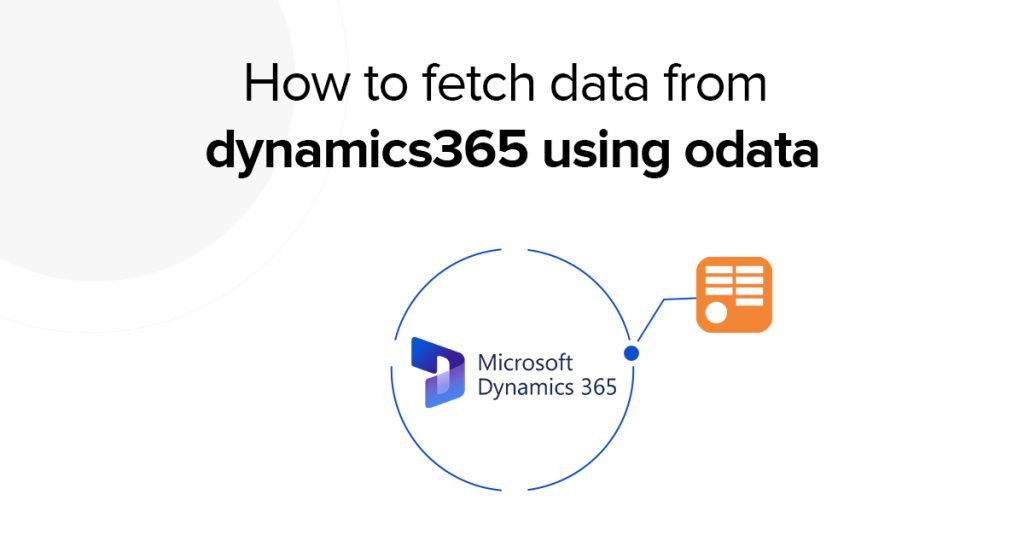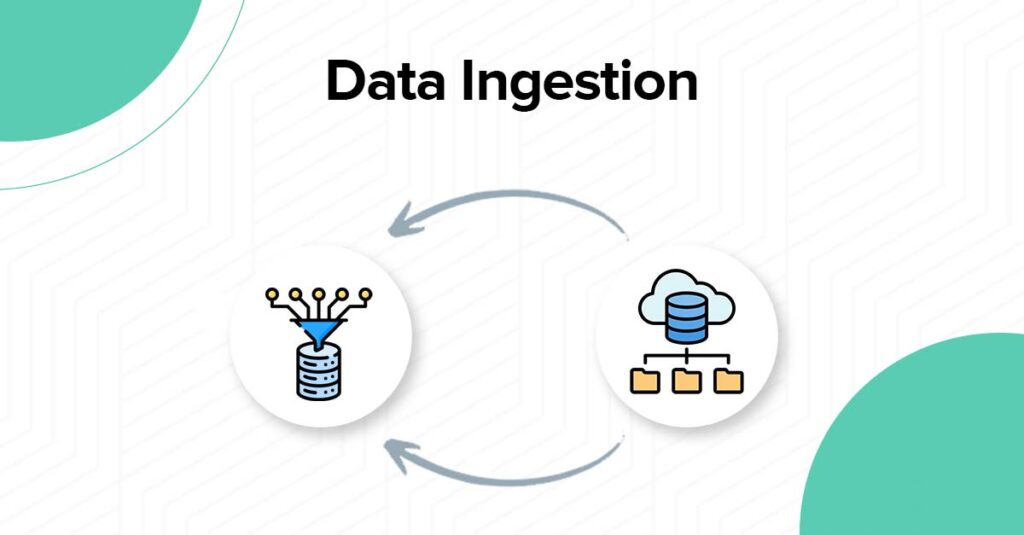Introduction: Why Use OData? OData (Open Data Protocol) is a standard protocol for creating and consuming data APIs, enabling seamless data interaction over the web using standard HTTP protocols. With OData, you can simplify data integration and manipulation, making it an essential tool for businesses leveraging Dynamics 365. This article explores how to effectively use […]
Why Data Replication is Important
Data replication is critical for organizations as it provides a holistic view of various types of data replication applications, covering operational and analytical aspects. In an era where data drives business decisions, the ability to replicate data effectively can be a game-changer. It allows for the seamless integration of data across different platforms and applications, […]
Data ingestion – definition, types and best practices
Data ingestion is the first step in data processing. It involves collecting, importing, and processing data for use in databases or applications like analytics, development, or machine learning. This allows businesses to leverage diverse data sources and formats, optimizing analytics capabilities and enhancing data quality. It ensures accurate and relevant data is available for decision-making […]
What is a data management framework?
Understanding and implementing a data management framework is essential for organizations that want to effectively manage their data. This framework is all about setting up rules and processes to ensure data stays accurate, accessible, secure, and is used efficiently for decision making and strategic planning. In today’s business world, where data is a critical asset, […]
7 Key Benefits of Systems Integration for Businesses
Imagine this scenario: you run a thriving business, but you’re constantly bogged down by inefficiencies and communication breakdowns between different departments. You need to spend more time manually transferring data between systems, and customer complaints are starting to pile up. Sound familiar? It’s time to consider system integration. Bringing together all your business’s systems and […]
What is Data Visualization?
Data Visualization is the art and science of visualizing data to increase its accessibility, comprehension, and use. This method is essential for data analysis and decision-making because it enables us to spot trends, connections, and insights that are challenging to spot in raw data. According to the IDC Worldwide Global Outlook, the total amount of […]
How to Get More Out of your Data Integration Strategy.
Imagine running a Financial institution, banking services or retail investment company with multiple branches across dozens of locations and having multiple instances of CRMs(Like Salesforce) and multiple Sage Intacct or Netsuite accounts and data warehouses, along with having to cope with compliances like SOX and FINRA alongside having consistent data backup and replication. On top […]
The Need for Data Masking in a Data Warehouse
Data in organizations are not leveraged as much as it can be, and often they rely on making decisions using expert opinions in most cases. The decisions will be more meaningful and powerful when backed with intelligent data relative to the needs of data consumers using data silos and warehouses. According to the magazine Supply […]
Application vs Data Integration: What sets them apart?
In today’s Information & technology industry, Application integration and data integration are two essential elements; these are often used interchangeably. Though both of these are generally cloud based technologies, but have huge differences between the two. On one side, Application integration helps connect different software applications so that they can share data and information, on […]
Why Analyzing Sales Data Is Important for Businesses
High-performing sales teams use data as the foundation for their success. Whether looking to increase sales, maximize profit, grow the sales team or beat the competition, Sales leaders have more than enough data readily available in their customer relationship management (CRM), and/or enterprise resource planning (ERP) systems. Many companies implement a CRM system and push […]



